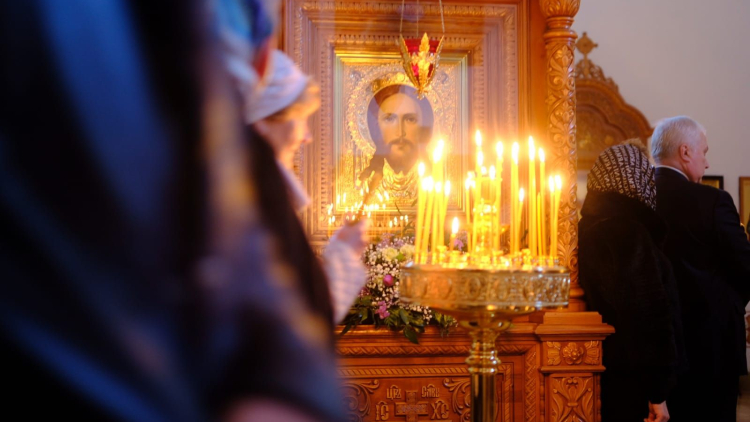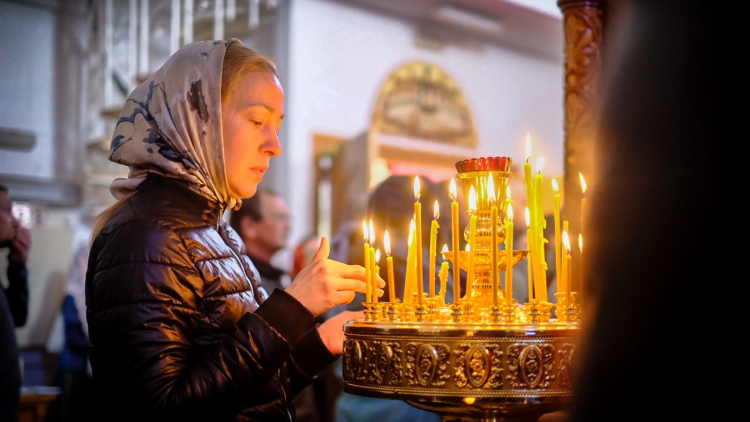CHRISTIANITY | Learn about Orthodox Christianity
What is Orthodox Christianity?
Orthodox Christianity is the second largest branch of Christianity, with nearly 300 million adherents worldwide. The formation of the Orthodox Christian Church is usually dated to the Christian schism between East and West, which occurred in 1054 as a result of a series of political and religious disagreements between the Pope in Rome and the Patriarch in Constantinople, who excommunicated each other.
However, two other branches had broken away from the Pope’s teachings much earlier. The first, known as the Church of the East or the Nestorian Church, was founded at the Council of Ephesus in 431 AD by an Antiochian monk who claimed that Jesus had two natures. The second is the Eastern Orthodox or Monophysite Church, which held to a single divine and human nature and split off after the Council of Chalcedon in 451 AD.
Orthodox Christianity attaches great importance to the Bible, especially the Old Testament, and to the tradition derived from the decisions of councils and the texts of religious thinkers, as well as to the authority of the patriarchs. Organisationally, unlike Catholicism, the Orthodox churches are autocephalous, meaning that they are all independent of each other. In Orthodox Christianity, the Patriarch is the ecumenical figure equivalent to the Pope in Catholicism. However, unlike the Pope, the Patriarch has no jurisdiction over other Orthodox bishops.
The most important sacraments in the Orthodox branches are the Eucharist or Holy Liturgy, penance, priestly ordination and marriage. Orthodox priests are also allowed to marry. One of the unique features of this branch of Christianity is its devotion to religious icons, representations of God and saints made by divine or religious inspiration.
What are the branches of Orthodox Christianity today?
The Orthodox Church is divided into two main sections: the Western or Byzantine and the Eastern. The first section contains fourteen autocephalous churches, namely those of Constantinople, Alexandria, Jerusalem, Russia, Greece, Cyprus, Georgia, Bulgaria, Romania, Serbia, Albania, Poland, Antioch, and the Czech Lands and Slovakia. The Eastern group includes the Malankara-Syrian, Syrian (Syrian), Eritrean (Coptic), Ethiopian (Coptic), Coptic (Egyptian) and Armenian churches. The Assyrian Church is a branch of its own.
Although the Patriarch of Constantinople serves as the mouthpiece or representative of the Eastern Orthodox Christian churches, especially in ecumenical contacts with delegates from other Christian denominations, each Patriarchate, being independent, is more of a symbolic position and has no jurisdiction or influence over other patriarchates and autocephalous churches.
What are the most important feasts in Orthodox Christianity?
It is worth noting that the liturgical calendar of Christian Orthodox churches follows the Julian calendar, unlike the Catholic Church, which follows the Gregorian calendar. The Julian calendar is the original Christian calendar, i.e. the calendar that covers the period from the crucifixion of Jesus to the first Council of Nicaea, and is believed to have been in use during Jesus’s lifetime. As a result, many of the most important feasts in the Orthodox Church are the same as those in the Catholic Church, although they do not necessarily fall on the same dates. In Christianity there are fixed and movable feasts. The former are those that fall on the same date each year, while the latter do not have a fixed date each year, as they depend on the lunar calendar.
One of the most important feasts is Christmas, which falls on 7 January, thirteen days later than Catholic Christmas. The other major celebration is Easter, a movable feast that changes dates every year because it also follows the lunar calendar. When Easter arrives, it is customary for Orthodox Christian communities to hold a reading and procession with candles around the church at night.
What are the Orthodox communities in the city of Barcelona?
The city of Barcelona is currently home to the Orthodox Church of the Patriarchate of Russia, the Orthodox Church of Saint George of the Patriarchate of Romania, the Orthodox Church of the Protecció de la Mare de Déu of the Patriarchate of Serbia, the Orthodox Church of Sant Nectari of the Patriarchate of Greece, and the Orthodox Church of the Patriarchate of Georgia, each of which has its own worship centre. There are also religious communities without their own place of worship, such as the Ukrainian Orthodox community and the Ethiopian and Armenian religious communities.




